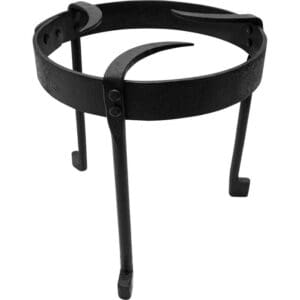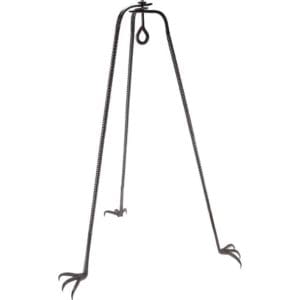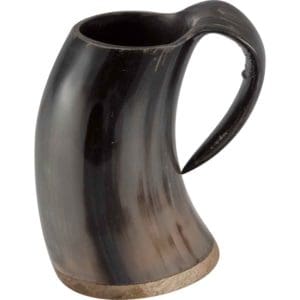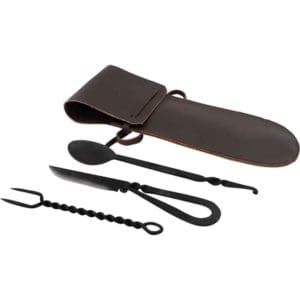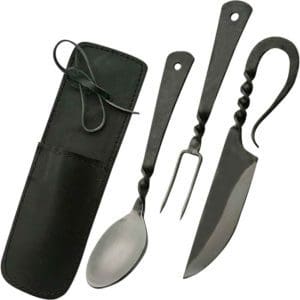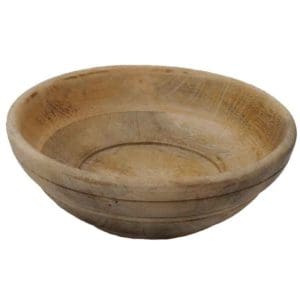A Look at Medieval Cookbooks
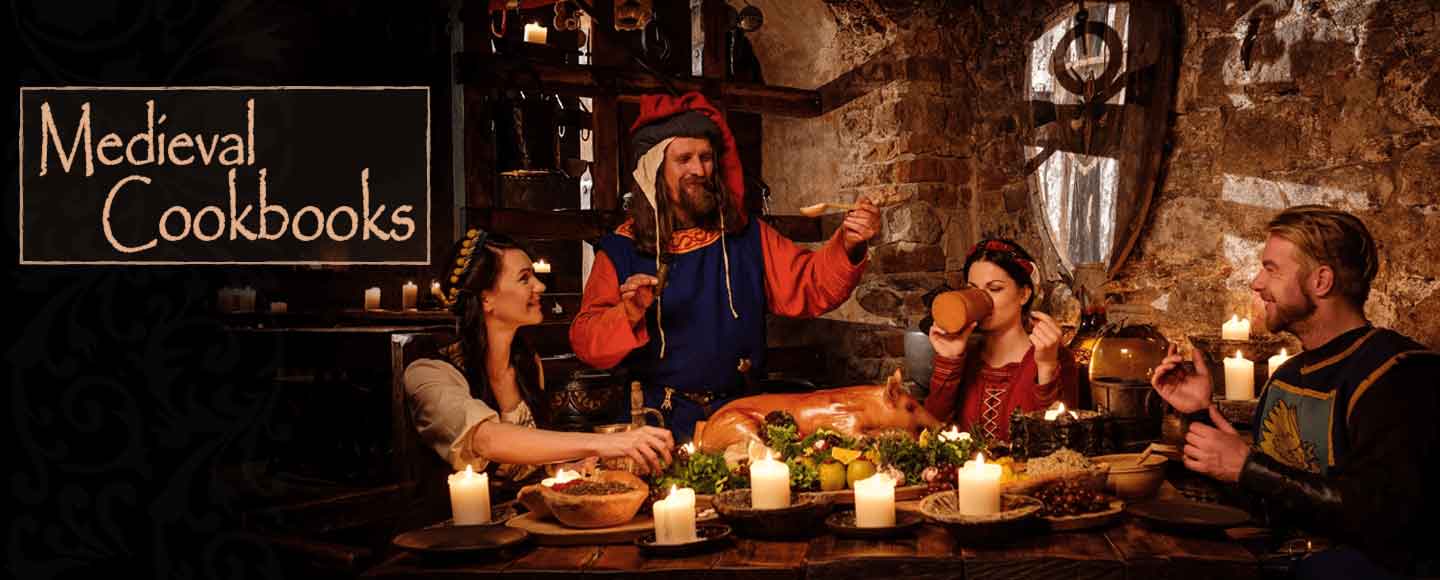
While cookbooks are commonplace today, they weren’t always so in the past. Few cookbooks survive today from classical Europe. Apicius de re coquinaria is the most well-known example of such classical cookbooks. It wasn’t until the 14th century that we begin to have a greater variety of surviving texts about cooking and food in Europe. In this post, we look at those early medieval cookbooks and how they look to a modern eye.
Origins of Medieval Cookbooks
Medieval cookbooks begin to appear in the 14th century. The first English cookbook for example came out of the kitchen of King Richard II. It is called the Forme of Cury. Forme meant method and cury meant cooking or cookery. This cookbook provides a great example of cookbooks from the medieval world. It is not the only one. There are others such as Le Viandier by Guillaume Tirel, a master cook to Charles V, as well as Liber de Coquina which is a Latin cookbook from around the same time frame.

For the most part, these cookbooks were written in wealthy households. Because they were in wealthy households, these cookbooks were designed for a different audience than today’s cookbooks. They were intended for either future cooks of the same household or other noble kitchens. There was a level of expectations and assumptions about the people reading the recipes.
What the Cookbooks Looked Like
When we take a look at medieval cookbooks, we can immediately see some differences in how they are written and how they appear. Many of the cookbooks were written prior to the standardization of spelling. For example, the Forme of Cury uses words and characters that have fallen out of use and doesn’t use modern spelling. In fact, it is mostly written phonetically and often needs to be said out loud for best understanding. However, some letters have different pronunciations from what they do today. For example, one of its more famous recipes, Sauce Madame, begins with the line:
“Take sawge. persel. ysope. and saueray. quinces. and peeres [1], garlek and Grapes. and fylle the gees þerwith”.
With modern spelling and modern characters, that first sentence reads as:
“Take sage, parsley, hyssop, and savory, quinces, and pears, garlic, and grapes, and fill the geese therewith.”
Comparing the two phrases, we see a large difference in pronunciation, spelling, and even a character that really isn’t used today. That character beginning the word ‘therewith’ is called a thorn and it takes the place of a ‘th’ sound. Other recipes, including one for cabbages, use words that we don’t in the modern day. That cabbage recipe uses the word “seethe” to mean boil for example.
Way Recipes are Written
While modern spelling and characters help with understanding what exactly the Sauce Madame recipe is asking for, the instructions still leave a lot to be desired from a modern standpoint. It doesn’t tell you how to prepare the filling for the geese, nor how much of each ingredient to use. Again, this was expected to be a part of the readers existing knowledge. There aren’t any temperatures or times because those were dependent upon the cooking methods available.
The main way to cook food at the time was with fire. All cooked foods therefore required fuel. The fuel for a fire could vary in quality and quantity. Thus, the fuel affected times as well as temperatures required. Soups were done in cauldrons and baked goods in ovens. The cooking tools and equipment necessary were so commonplace amongst the cookbooks’ intended audiences that it would have felt strange to the authors to write such things down. Even considerably more modern recipe books intended for professionally trained chefs don’t include certain information because it is expected that they should already know it.
Foods the Cookbooks Contain
Because medieval cookbooks come from wealthy households, they will therefore have a larger focus on foods of the wealthy. When we look at medieval cookbooks, this shows itself in a few different ways. One is the range of meat that is included in the recipes. Chicken and pork were common, along with game birds, rabbit, and venison among other meats. There is even a recipe for porpoise in the Forme of Cury. These recipes would use up as much of an animal as possible including the organs. Of course, the Forme of Cury and other cookbooks of the time had vegetable and fish options for the many meatless days of the Church calendar.
The other way the Forme of Cury and similar cookbooks show the wealth of their intended audience is through the ingredients mentioned. The Sauce Madame recipe from earlier, for example, goes on to ask for galangal as well as sweet spice powder. Galangal is a spicy root similar to ginger and is popular today in Southeast Asian cuisine. Sweet spice powder would have been a mix of spices like we have curry powder or British mixed spice today. At the time of King Richard II, these spices were extremely expensive as they had to travel for a large distance and became more expensive with each middleman along the way as they were traded west. Recipes would include all sorts of spices so that a noble or king could show off how wealthy they were.
Mix of Sweet and Savory
In addition to the variety of meats and spices, medieval recipes really liked to mix sweet and savory ingredients. Again, the first line from the Sauce Madame recipe is a great example. It calls for stuffing geese with pears, garlic, and grapes, among other ingredients. In Europe, it is not common today for people to combine goose meat, garlic, and pears together. This combination of sweet and savory is due in part to the theory of the four humors and ensuring the proper balance of them through food. Different foods were considered wet, dry, cold, or hot, and to different degrees. Medieval people believed that having more or less of certain foods would help keep the humors balanced based on their properties.
Again, the mix of sweet and savory may have also been a way to show off wealth depending on the ingredients. While today we use cinnamon and certain other spices for sweet dishes such as cookies, historically these would have been used with meat and other savory foods. This combination of sweet and savory continued into the Renaissance. After all, the original recipes for mincemeat pies included meat, fruits, and spices.
In Summary
A medieval cookbook looks considerably different than a modern one, even if it is in the same language. From spelling to ingredients, the recipes found within medieval cookbooks may be a bit bewildering to the modern eye. In this post, we looked at the foods and appearances of medieval cookbooks. We hope that this post sparks your interest in medieval cuisine. Maybe, you will even make a few recipes from the Forme of Cury for a medieval feast to enjoy with some historical-looking feastware.


